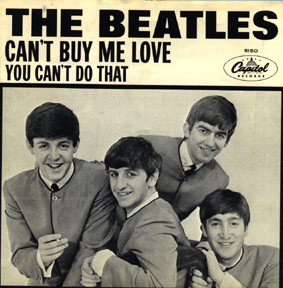Money buys happiness after all
Does happiness rise with income? Are people in poor countries less happy than people in rich countries? Much of what we thought we knew on this topic comes from a famous 1974 study by economic historian Richard Easterlin. Easterlin found that within countries, rich people tended to be happier than the poor. But contrary to expectation, rich countries as a whole were not happier than poor countries. And even stranger, in the US, when per capita income rose sharply from 1946 to 1970, bliss did not rise alongside it.
Easterlin resolved this seeming contradiction—known as the Easterlin paradox—by hypothesizing that “[t]he increase in output itself makes for an escalation in human aspirations, and this negates the expected positive impact on welfare.” That is, having more stuff actually tends to make people want more stuff, and doesn’t make them any happier.
The Easterlin paradox has been crumbling, but is not altogether demolished, with new expanded datasets and recent research. A great summary of research collected in a newly published volume International Differences in Well-Being, edited by Ed Diner, Daniel Kahneman, and John Helliwell, plumbs voluminous new data (World Values Survey and Gallup World Polls from a larger set of countries) to update our knowledge.
One important refinement in these new studies is the distinction between feeling happy from day to day (more a mood, perhaps) and long term “life-satisfaction.” The Easterlin paradox does NOT reliably hold with “life-satisfaction.”
Bill lays out exactly which parts of the Easterlin hypothesis appear to be holding up over time, and which are collapsing under the weight of the new data, in a new review published today in the Lancet.
If the Easterlin paradox no longer holds true—particularly the lack of difference between rich and poor countries on average happiness—what are the implications for development policy?
 From Aid to Equality
From Aid to Equality

